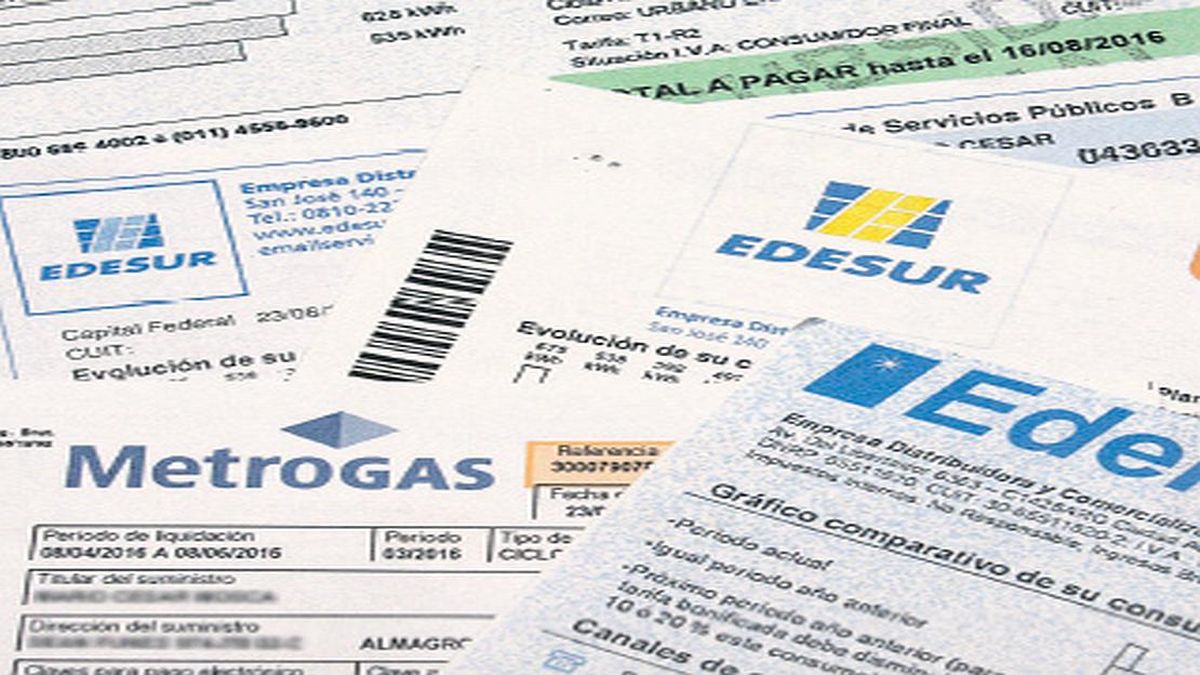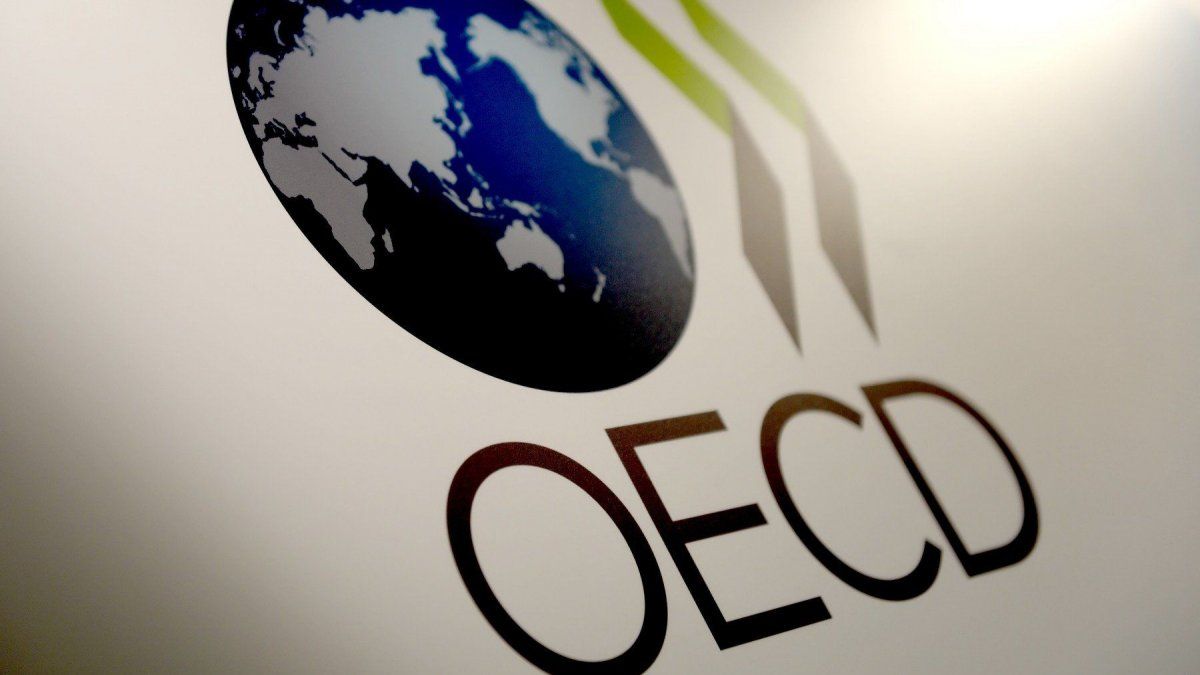Through September, data shows that energy subsidies increased 73.2% in the interannual accumulated of the first 8 months of the year, but discounting the inflationmeans a 18.7% drop. This is clear from the work of the Rates and Subsidies Observatory carried out by the Interdisciplinary Institute of Political Economy (IIEP), which depends on the UBA and CONICET.
The decrease is mainly explained by the fall in transfers to Cammesa. Between January and September 2022 they had been $835,973 million, while this year they were $1.17 trillion, which in real terms means a drop of 36.2%. Where an increase is recorded is in transfers to Energía Argentina (ENARSA), which increased 25.3% in the period analyzed, “mainly explained by the purchase of LNG ships,” the work analyzes.
With only 3 months left until the end of the year, specialists make estimates of how 2023 could close. Despite the 22% devaluation of the official dollar after the primaries, and double-digit inflation, the Minister of Economy, Sergio Massa , determined a freeze on rates. Although there was no announcement, The Ministry of Energy did not move forward with increases, despite the fact that generation costs are mostly dollarized and the IMF requested an imminent increase in its latest staff report.
In any case, analysts maintain that despite the freeze, Spending on energy subsidies will close in 2023, which will mean the first fall during the administration of President Alberto Fernández. 2022 was a record due to the tariff freeze and the increase in the international price of energy as a result of the war. While in 2023 segmentation was finally established. The reduction in subsidies was one of the expenses targeted by the IMF to reduce the fiscal deficit.
Even with the tariff freeze, Julián Rojo, economist specialized in energy, estimates that Subsidies will close in 2023. “The cost in dollars fell after the winter, and in pesos it did not increase as much, according to Cammesa’s provisional estimate. If, in addition, there is some type of rate increase towards the end of the year as expected, subsidies would fall in real terms in 2023,” he anticipated. As Ámbito was able to find out, Economía confirms that “before the end of the year” there will be a new rate increase.
In the same line, Juan José Carbajales, economist at the consulting firm Paspartú, explained: “The year-on-year reduction in energy subsidies is due to a combination of prices and volumes. In 2022, due to the war in Ukraine, imports of LNG and diesel oil reached unprecedented values, while in 2023, the needs to have these fuels from abroad were also reduced, for two reasons: the drought for diesel oil and the gas pipeline. NK for LNG.”
Furthermore, Carbajales added: “But the external front is not the only cause: it also has great impact on the rate segmentation process, which is leading high-income households (Tier 1) to face the real cost (a full pass through) of wholesale gas and electricity, something that had already been achieved for the industrial sector and large users. Therefore, there is a virtuous dynamic focused on more production, more infrastructure, fewer imports, a fall in global prices and an increase in exports.”
Anyway, Daniel Dreizzen, director of Aleph Energy, estimated that although there may be a decrease in the accumulated figure for the year, it will not be so significant: “With the devaluation that occurred, the tariff segmentation did not reach the devaluation. In the percentages of how much is paid, there are two thirds of the population that continue to pay between 15 and 20%. And level 1, which should pay everything, is at 75%. And LNG imports were not that different.”
The thing is that although there may be a reduction in subsidies, the rates arrive late at the end of the government. According to the IIEP, in the AMBA, the electricity and gas bill have been reduced in real terms since 2019. The maximum weight of energy public services on the salary is observed in June 2019, with a load of 5.6% on the average recorded salary. Today that value is 4.5% for high-income users, 1.7% for medium income and 1.5% for the most vulnerable consumers. For this reason, it is on subsidies where the two opposition coalitions focus on advancing cuts in State spending.
Source: Ambito




